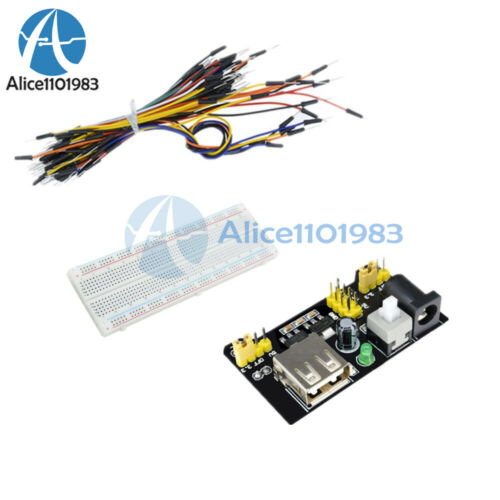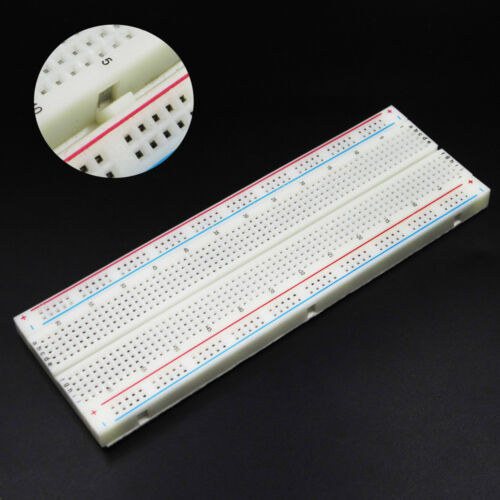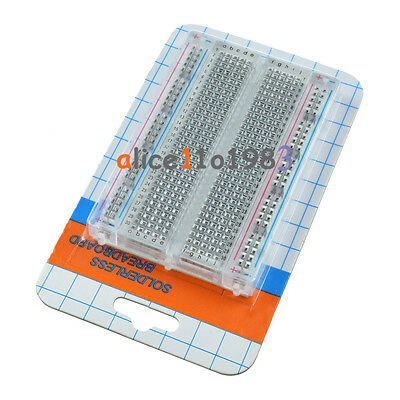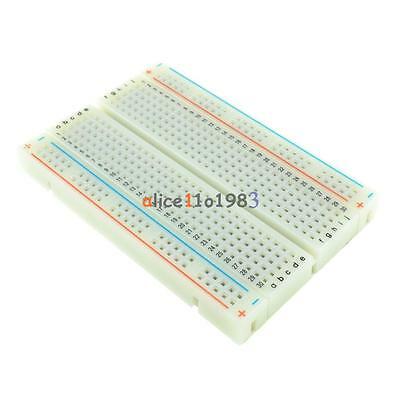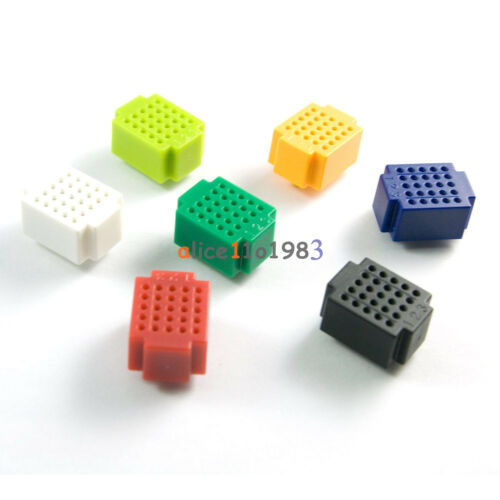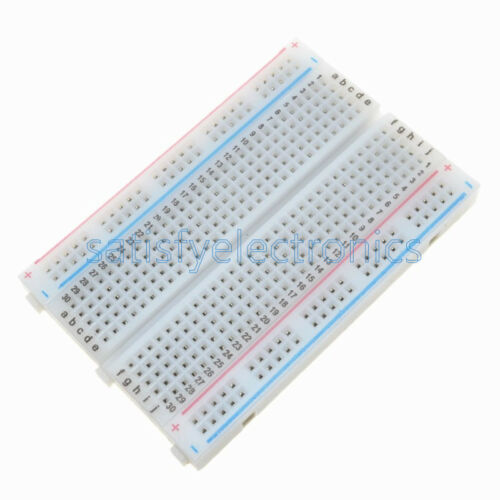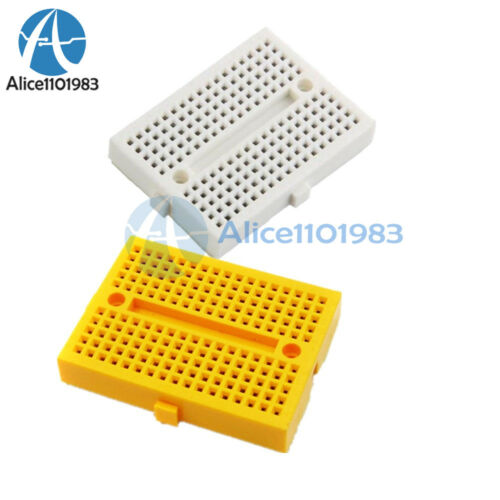-40%
LoRa 433MHz Wireless 0.9" iMod Module, SX1278, SMA, 3.3V
$ 4.75
- Description
- Size Guide
Description
LoRa 433MHz Wireless 0.9" iMod Module, SX1278, SMA, 3.3VinAir4
The inAir4 is a 433MHz wireless module using the Semtech SX1278 (or SX1276) chip, with a standard SMA connector for attaching an external antenna. It can be mounted on a custom board, a prototype board, or boards with a 0.9"
iMod port.
The SX1278 is a revolutionary chip enabling wireless communications at distances up to 15km, using Semtech's LoRa (Long Range) technology. This chip also supports high performance (G)FSK modes for systems including WMBus, IEEE802.15.4g.
Depending on availability this module may be assembled with the SX1276 instead of the SX1278 chip. Both chips are identical when used for 433MHz operation. This module is based on the Semtech SX1276RF1JAS reference designs.
The board is a high-quality, RF-optimized, 4-layer PCB. It has been designed with assistance from Semtech engineers, ensuring optimum layout and performance. Only brand-name, high-quality components are used. All capacitors and inductors are high-precision parts, resulting in optimized performance. The crystal a very critical component for the SX1278, and is required to be very accurate to achieve high sensitivity. This board uses a high-accuracy crystal as recommended by Semtech.
This module will outperform competitor products that use 2-layer PCBs, cheap capacitors and inductors and low-accuracy crystals.
The inAir4 module enables 3.3V devices (e.g. a microcontroller) to communicate with remote nodes via a wireless protocol. An SMA edge connector is mounted on this board. An SMA antenna is
not
included; add one using the options at the bottom of this page. Two standard 1×7, 2.54mm (0.1") pin headers (or press-fit headers) can be soldered onto this board (position X1 and X2 on board); choose via the option selector below. If required, this module can be used as an SX1276 breakout board, and wires can be soldered onto the PCB instead of pin headers.
LoRa 433MHz Module Features
Operating voltage from 1.8V to 3.7V
153 dB maximum link budget
+14 dBm high-efficiency PA
Programmable bit rate up to 300 kbps
High sensitivity: down to -139 dBm (-148 only possible with TCXO)
Bullet-proof front end: IIP3 = -11 dBm
Excellent blocking immunity
Low RX current of 9.9 mA, 200 nA register retention
Fully integrated synthesizer with a resolution of 61 Hz
FSK, GFSK, MSK, GMSK, LoRa and OOK modulation
Built-in bit synchronizer for clock recovery
Preamble detection
127 dB Dynamic Range RSSI
Automatic RF Sense and CAD with ultra-fast AFC
Packet engine up to 256 bytes with CRC
Built-in temperature sensor and low-battery indicator
High-quality assembly, with brand-name components
Module dimensions: 27.3 × 24.51 mm (1.075 × 0.965 inches)
Operating Temperature -40 to +85 °C
Note:
This module's maximum output of +20dBm equates to 100mW. Make sure you are aware of regulations regarding licenses to use and/or output restrictions of the 433MHz frequency in your country.
Solder Jumper J1 & RF Switch
Note that solder jumper J1 at the back of the board has to be made to apply power to the RF Switch. Making jumper J1 applies permanent 3.3V power to the RF Switch (
U5
in
schematic = PE4259).
If solder jumper J1 is not made, power for the RF switch is supplied via iMod port pin 10, marked
VS
on the PCB. This is useful for very low-power applications that want to save the 9 to 20uA supply current required by the RF switch. For these applications, power can be supplied (to iMod port pin 10) via a port pin on CPU only when transmitting or receiving.
Option 1 to power RF Switch:
Make solder jumper J1 on back of board.
Option 2 to power RF Switch:
Ensure solder jumper J1 is NOT made. RF switch can now be powered on/off by applying 3.3V to iMod port pin 10 (marked VS on PCB).
iMod Pin Configuration
This is an
iMod
module with 0.9" pin column width, meaning it uses a standard pinout and configuration that allows it to be connected easily to any host board that has a 0.9" wide iMod port (some iMod ports may only support 0.7" width). The recommended use is with the Modtronix
NZ32-SC151
, but you also could use it with the
SBC83I
or the various
PT66E
Prototyping Add-ons for boards in the SBC66 series.
The pin pitch is 0.1" so you can use the module also on any typical prototyping board or breadboard.
For information about the iMod pinout, download this
iMod Overview
. Find other iMod modules in our
iMod Category
.
Pin Header Options
Use the
Headers
option at the bottom of this page to select what type of pin headers you want included with the module. The default option is for common rectangular pins included
loose
. All pin header types use 3mm long pins. The header strips will be seven pins for each side.
Below the header option selector, you will see socket strips that will mate with the Round Swiss pin header type. If you want to install the socket strips on your prototype so that you can plug in this module with Round Swiss pins, make sure to change and
Update
the quantity of sockets
to
2
during checkout. (While a 7-pin socket is not available as a separate item, you can break off one pin from the 8-pin sockets to make them into 7-pin sockets.)
LoRa 433MHz Module Resources
Download inAir4 Schematic
Download inAir4 Dimensions Diagram
Semtech SX1278 Page
with datasheet and other documentation
inAir4 Programmaing Wiki
has links to projects for mbed, Arduino and Raspberry Pi

